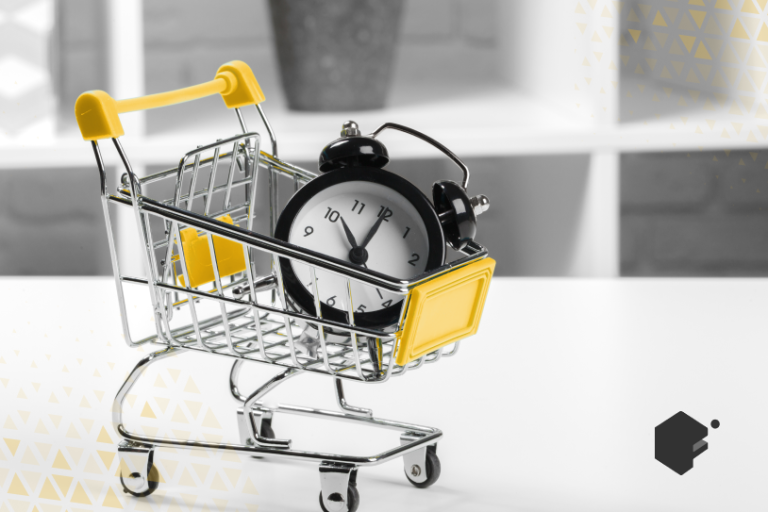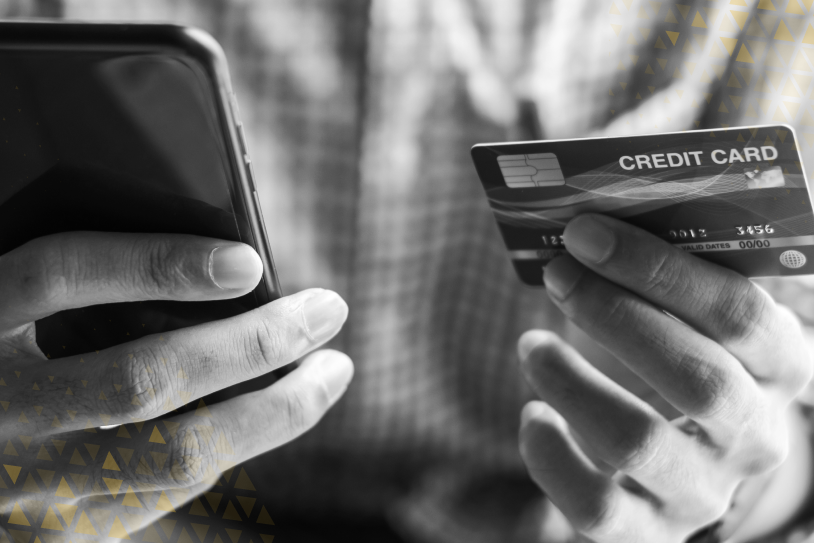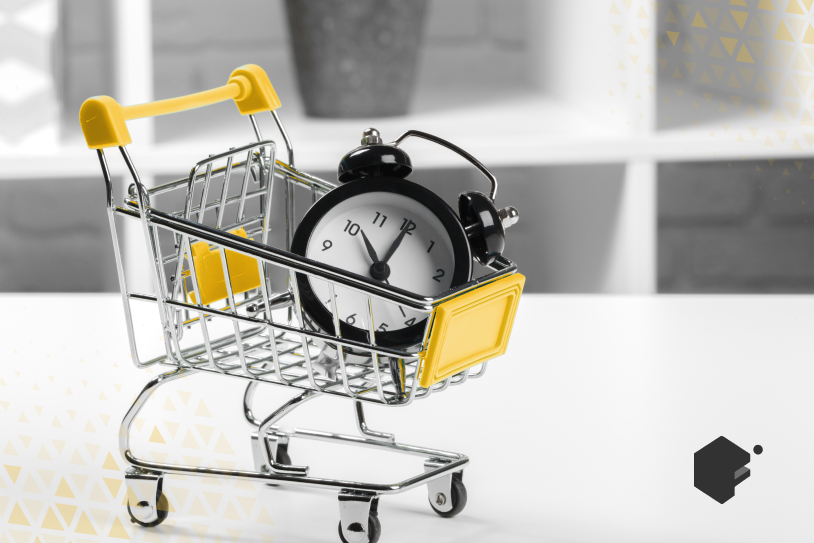Key Takeaways
- To streamline operations and improve scalability, utilize comprehensive platforms that integrate inventory management, order processing, and customer data analysis.
- Implement time-sensitive promotions or exclusive offers to motivate prompt customer action and boost conversions.
- Employ marketing automation tools to provide responsive and personalized customer interactions, ensuring a seamless experience throughout the purchasing journey.
- Establish a distinctive brand voice and visual identity that resonate with your target audience, setting your business apart from competitors.
- Provide products that are not readily available elsewhere to give customers a compelling reason to choose your store over others.
Understanding the eCommerce Landscape

ECommerce is not just a trend; it’s a fundamental part of our daily lives. eCommerce has revolutionized the way we shop: from the convenience of ordering household essentials from major online retailers to finding unique, custom products from small businesses’ social media stores. The advent of smartphones and the impact of the COVID-19 pandemic have accelerated this shift. However, this boom has led to a crowded market.
So, how does an eCommerce business carve out its own niche? The key lies in utilizing quality eCommerce platforms, offering top-notch products and services, providing responsive customer support, and crafting a seamless shopping experience to convert interest into sales.
What Are the Different Types of eCommerce?

ECommerce isn’t a one-size-fits-all activity. It encompasses various models:
B2B (Business to Business): Here, transactions are between businesses, like a wholesaler and a retailer.
B2C (Business to Consumer): This is the most common form, where businesses sell products or services directly to consumers. For example, a clothing brand or a residential cleaning service.
C2B (Consumer to Business): In this model, consumers offer products or services to businesses. Some examples include photographers selling photos to companies for commercial use, or freelance copywriters writing articles for large organizations.
C2C (Consumer to Consumer): This involves transactions between consumers, usually facilitated by third-party platforms like eBay, Poshmark, or Facebook Marketplace.
When it comes to differentiation, it’s important to consider who you are selling to and the nature of the relationship. An eCommerce business appealing to consumers may want to focus on providing ample information and product reviews encased in a mobile-friendly site, whereas a consumer marketing themselves to a business may emphasize personal referrals and a flawless online portfolio.
How Can I Differentiate My Business?
Leverage eCommerce Platforms
eCommerce platforms are unified software applications that encompass all key functions in the process of selling products and services online.
These platforms provide an arena where buyers and sellers can meet to fulfill their respective roles.
Sellers can manage inventory levels and product feeds, centralize order management, and analyze customer data from one single platform, instead of managing multiple software that fulfill different functions. eCommerce platforms are scalable, efficient, and some are fully customizable.
They offer seamless front and back-end integration and allow you to manage eCommerce efforts across multiple brands, geographic locations, and marketing channels.
Creating Urgency
If you want to discover leads or drive conversions, time pressure can be an excellent motivator for your prospects. Knowing a product is 20% off for the next two hours or that signing up for the email list will automatically enroll them in the VIP club is enough incentive for some audiences to quickly convert.
It’s important to create a sense of urgency and exclusivity when offering a special promotion or product. Make sure to include strong calls to action and emphasize the scarcity of the deal.
Automated Customer Service
It’s extremely important that your customer feels nurtured throughout the marketing funnel. From discovery to conversion, consumers want to feel heard and valued: hiring an agency that specializes in marketing automation is an efficient and cost-effective way to create a sense of personalized service.
Implementing automated customer service can help answer questions and alleviate frustrations during the shopping process.
Shopping Cart Abandonment
How many times have you browsed an online retailer for hours only to be deterred by laborious checkout pages or surprise shipping costs? Consider streamlining purchases through optimizing check-out landing pages. Include clear CTAs and deliberate button placements to provide seamless check out-processes.
Try not to dissuade users with pricey shipping costs added on to the last step of the purchase journey. Instead, introduce shipping costs on product pages or when an an item is added to the cart. Remarketing emails can also bring back customers who’ve left items in their carts, just made sure they are clear, concise, and engaging.
Diverse Payment Options
Usability and convenience are key in the modern digital landscape. If a consumer encounters a pain point in the checkout process it could cause them to abandon their shopping cart and forget about the transaction altogether.
Inconveniences like manual credit card fields and elaborate check out pages are huge turn-offs for consumers. Offering multiple payment methods caters to the preferences of a broader customer base. Examples include ApplePay, Paypal, or AfterPay.
Mobile Apps
With a significant portion of online shopping happening on mobile devices, having a mobile app can provide a more tailored and seamless shopping experience for your customers.
Over 70% of smartphone users use mobile apps to purchase products. Instead of relying on traditional web traffic, consider developing or hiring an agency that specializes in app development to engineer a seamless shopping experience for your customers.
Build Trust/Credibility
Consistently delivering on your promises and emphasizing high-quality customer service builds long-term customer loyalty.
Showcasing customer feedback and actively engaging with your customer base can further strengthen trust.
Focusing on Customer Lifetime Value
Understanding and enhancing the value each customer brings over time is crucial. This involves not just acquiring new customers but also retaining existing ones through personalized marketing strategies and loyal customer programs.
Effective Use of Landing Pages
Well-designed landing pages with clear calls to action can significantly improve your conversion rates. They should provide essential information succinctly and guide customers smoothly toward making a purchase.
Partner With Us
eCommerce is a dynamic field, requiring innovative approaches and robust strategies to keep up with evolving customer expectations and market trends.
At Fahrenheit Marketing, we specialize in crafting bespoke solutions that align with your business goals, ensuring meaningful customer interactions and sustainable growth. By understanding your unique challenges and opportunities, we help you create a solid foundation for long-term success in your eCommerce endeavours.
Let’s Chat. Reach out to schedule a consultation.
